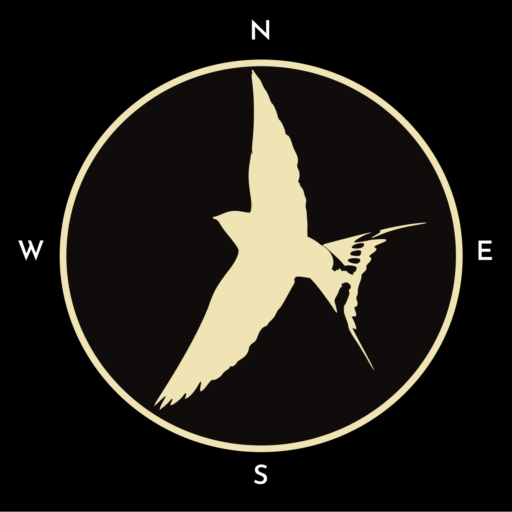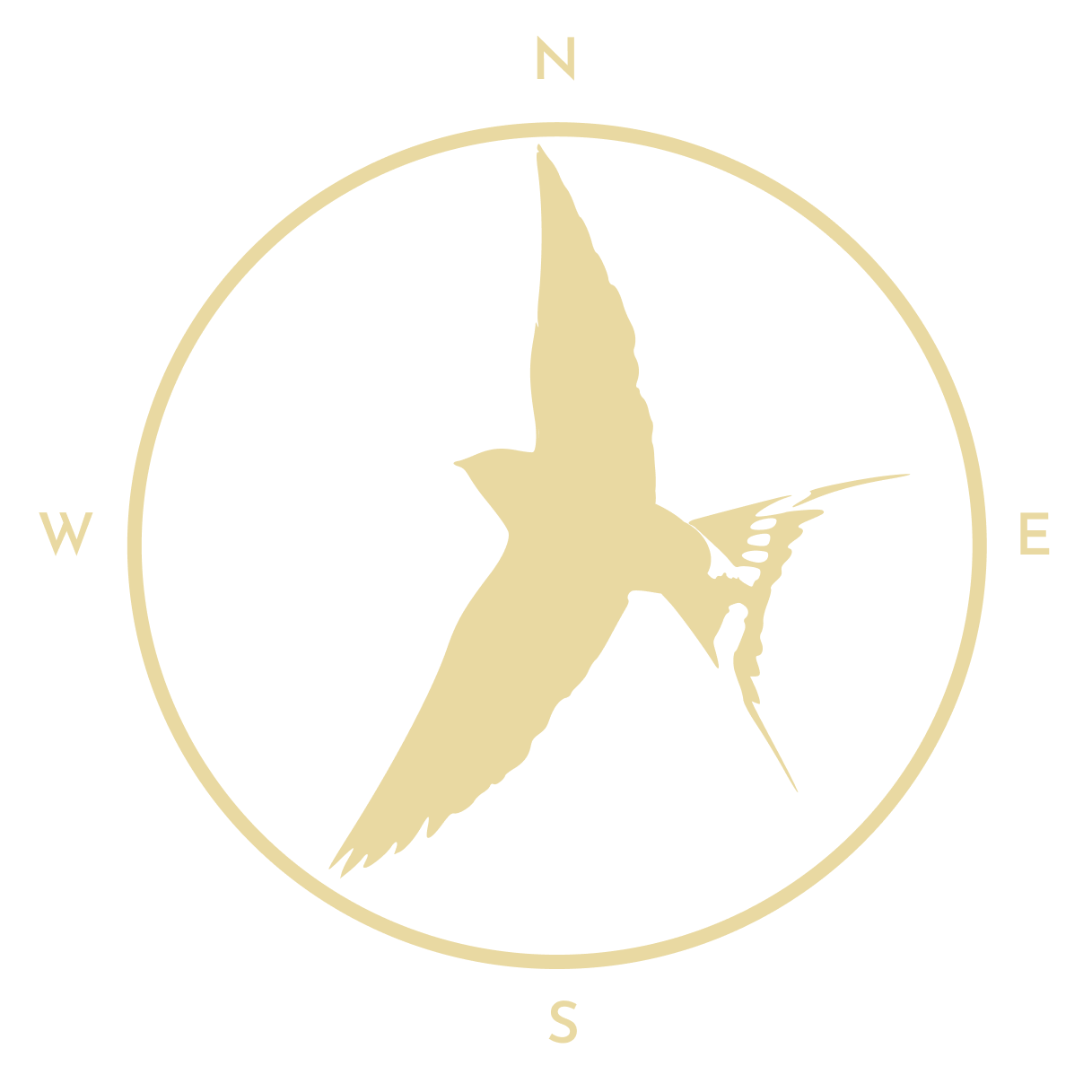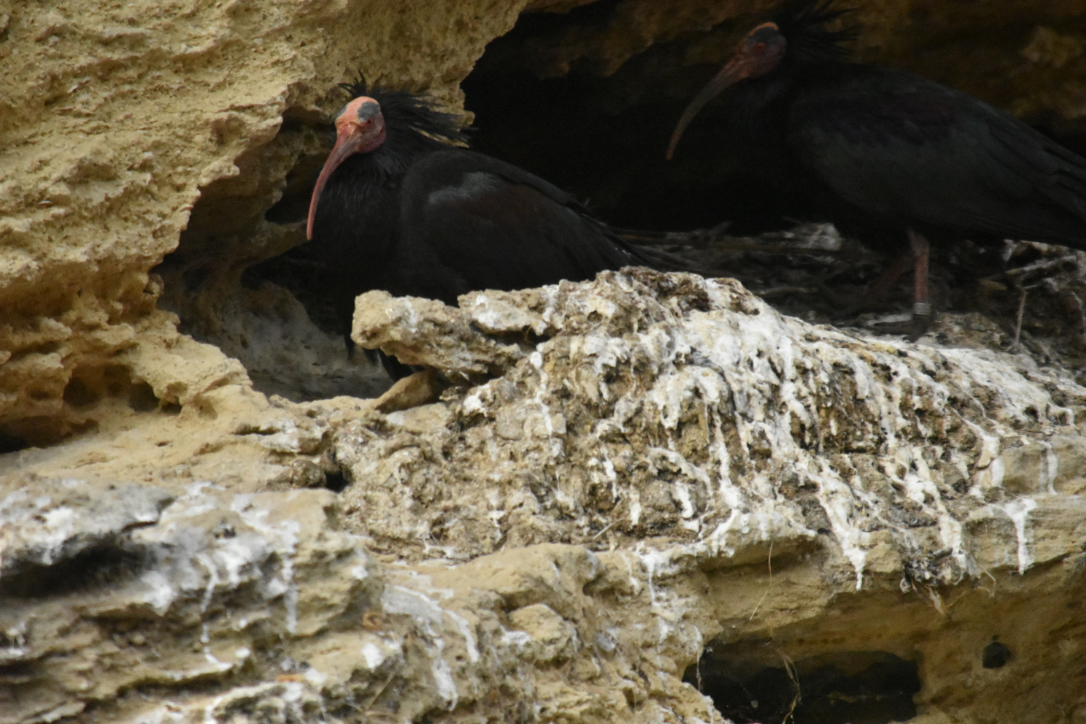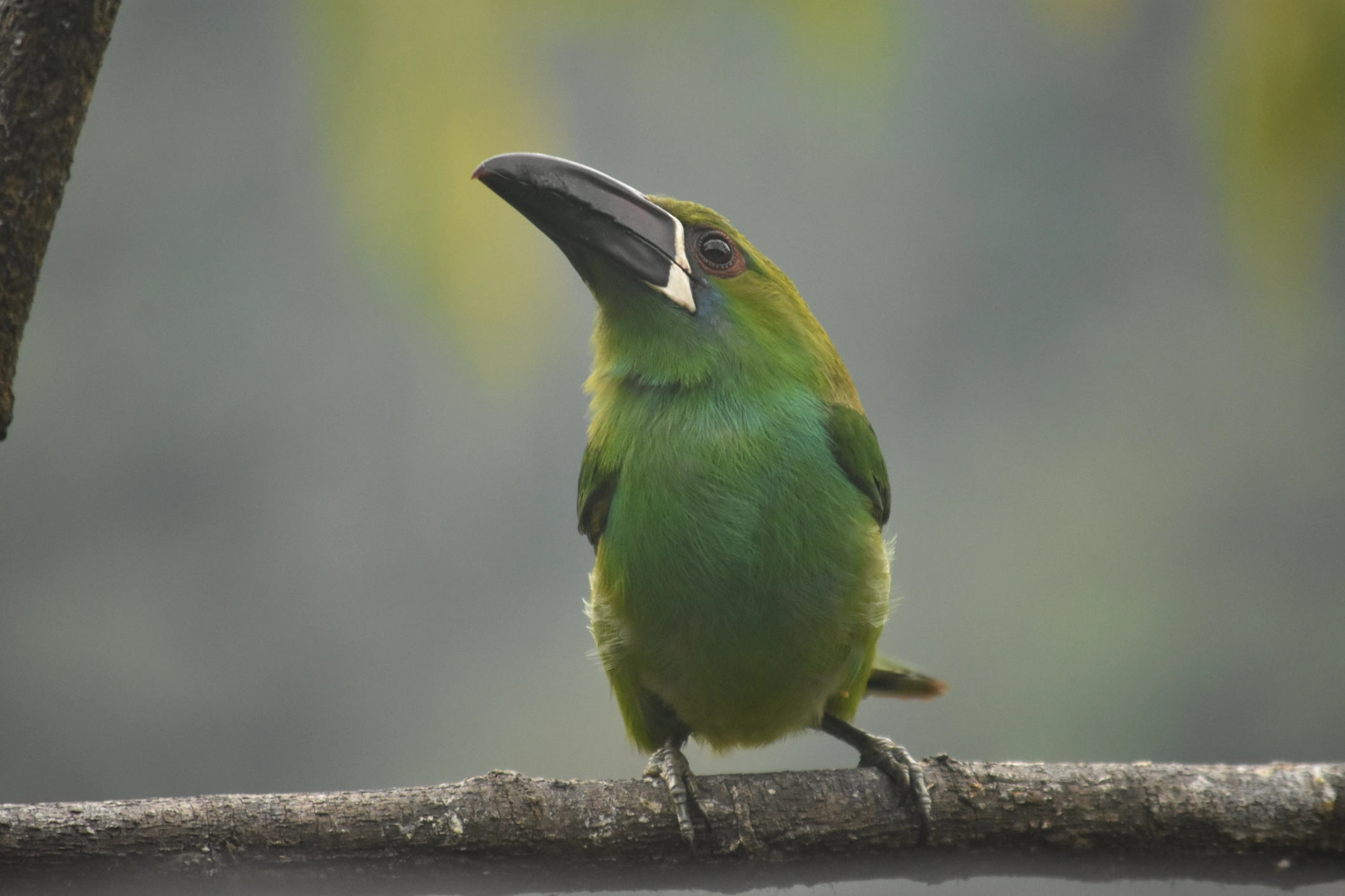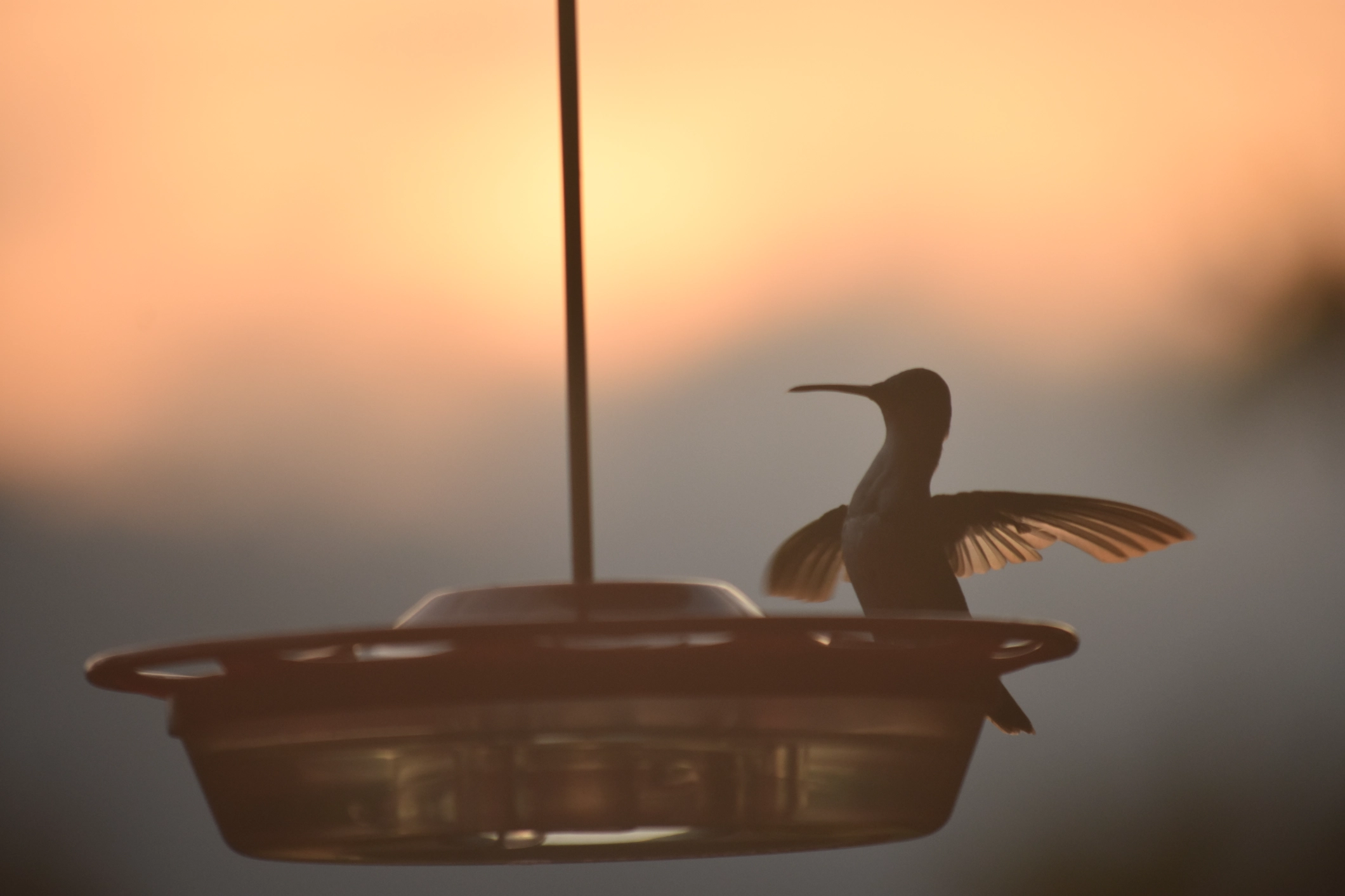

A nature-loving backpacker’s guide to Mindo
What’s all this then?
Mindo is a small town a short distance to the west of Quito that could not feel more different. True to the general lay of Ecuador, considering how much diversity is packed into this small country, the transition from the parched paramo that surrounds the capital to the lush cloud forests of this area is noticeable as you ride in on the bus. One hill in the valley shortly after crossing the equator becomes a bit greener, then a bit bushier, and then the cloud forest unfolds.s
The town is most famous for its variety of birds, regularly recording over 400 in 24 hours as part of an annual event held across the world on Christmas eve, and has also diversified its attractions into river tubing, hiking, cable cars across the canopy and chocolate farms. Around the town is a network of privately owned reserves that were at one point farms or heading that way, and fortunately tourism dollars kept the jungles alive.
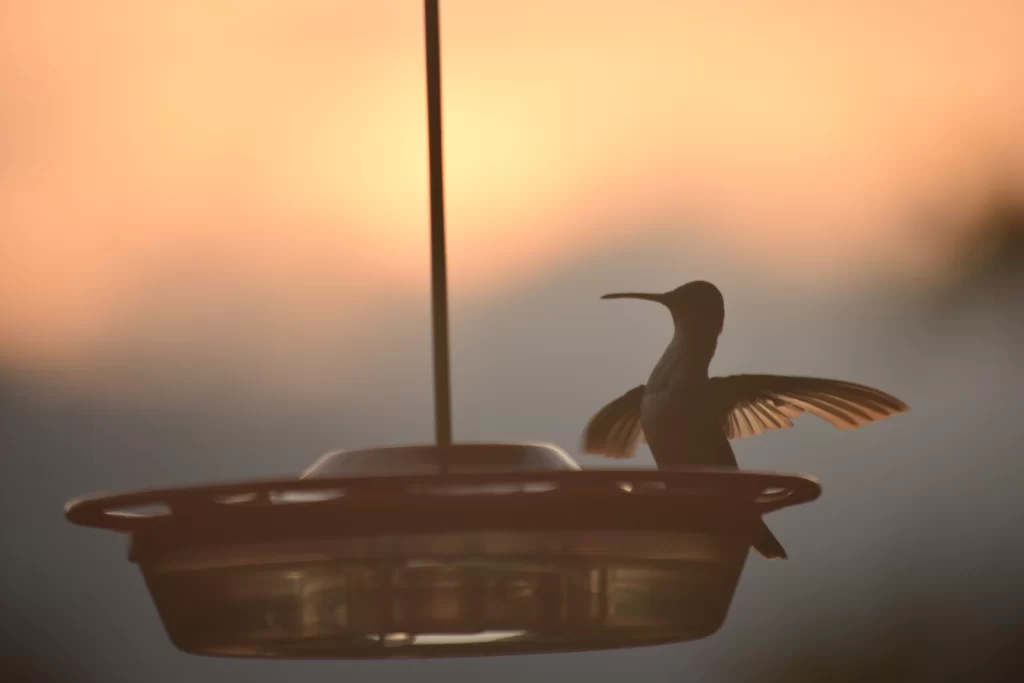

What kind of wildlife can I see here?
The birds one can spot here are pretty much split into two categories: everything else and the hummingbirds. There are ten different hummingbirds one can expect to find pretty much anywhere and then some additional ones one needs to look a bit harder for. A lot of accommodations, whether independent or a lodge that owns a reserve, put out nectar feeders, and you don’t need to look far into their gallery online to know if they do.
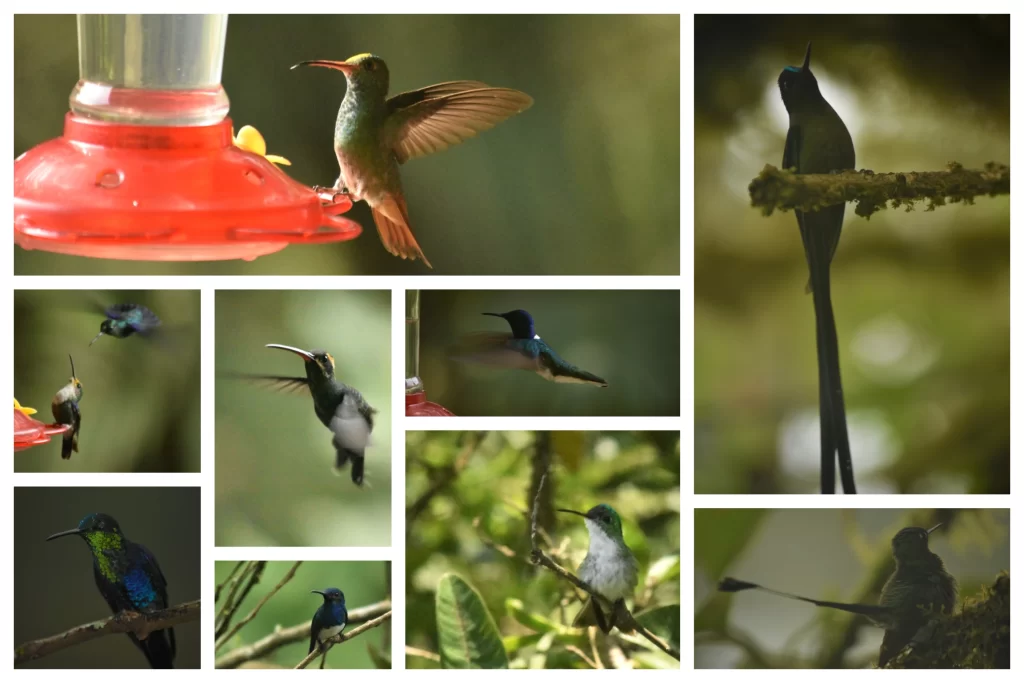

Many of them also put out bananas, cut open and crucified onto a tree trunk where a variety of barbets and tanagers, and in some places toucanets, peck away at them. Yes, I’ve had a lovely day, thank you very much. The rest of the “everything else” is pretty much to be found out in the forest: quetzals, toucans, aracaris, motmots, parrots, turkey-like guans, trogons and the Andean cock-of-the-rock. If you have no clue what any of these are…
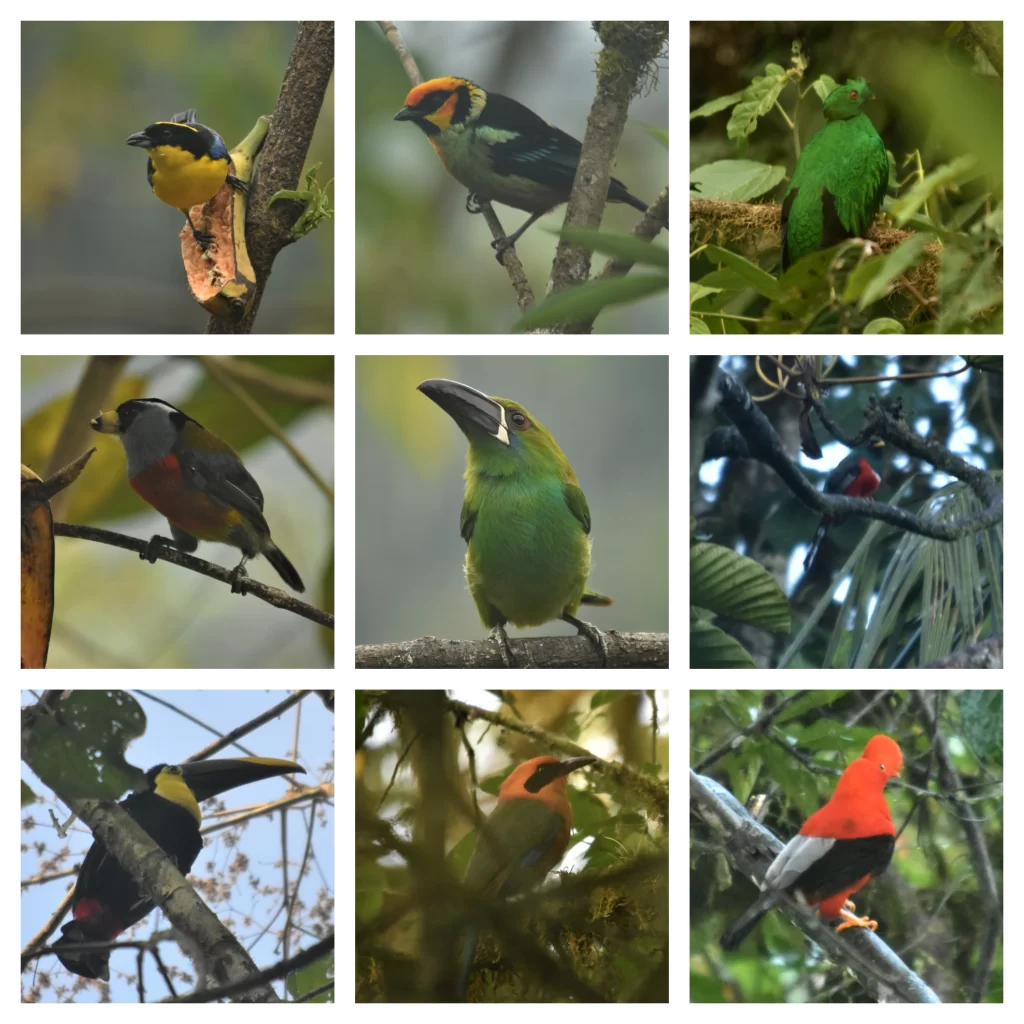

Aside from birds, Mindo also has plenty of butterflies and a small number of mammals. At night some properties keep putting the fruit out and kinkajous and opossums come for dinner. In a few lodges they are joined by olingos, an animal once thought to be identical to the kinkajou for so long that there may be cases of “mistaken identity” in zoos and museums. The best way to tell them apart is to look at the tail; a kinkajou’s wraps around the branch, an olingo’s does not. Monkeys, coatis, deer and weasels can be found in the forest though will likely be seen as fleeting glimpses. A few lodges nearby are actually reliable spots for spectacled bears when the trees are fruiting; unfortunately this happens for a three-week window from May-November, and it’s quite hard to predict when this will happen with much notice.
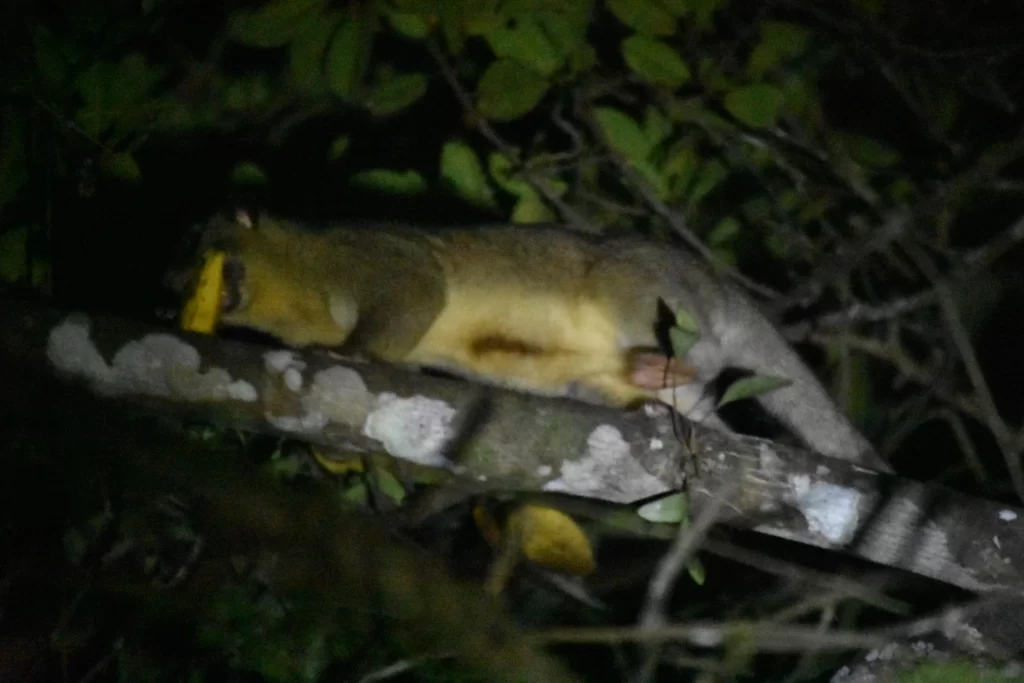

How do I spot them?
The best thing to do is to drop into as many sites as possible mentioned below, since everywhere I visited yielded at least one or two new things. Most of the birding is done on private reserves surrounding the town itself, each charging roughly $6. The next best thing you can do is hire a guide, which may be useful if you’re short on time and if they have their own car. I didn’t look into this personally, but they go for around $50 per day. Birding in which you walk through the forest is a tiring combination of craning your neck up and scouring every branch, and hoping that anything you fixate your gaze on doesn’t act upon its telepathic ability to know it’s being watched and bolts over the horizon – but unfortunately, it’s necessary once the feeder fodder have been exhausted. Knowing what a species’ call sounds like can save quite a bit of time. Most activity occurs in the early morning, though I personally found it to not be bad at all during the afternoon too.
If you’ve only got time for one site, head to Paz de las Aves.
In the short-on-time vein, Paz de las Aves Refuge is the unrivalled champion of the lot and the best chance of covering the highlights in a day. In fact, it deserves its own post. But to make things brief (read: oversimplified) they are not only a prime spot for some of the Choco’s birds, they also have a practical monopoly on certain species which are easy(ish) to see here and impossible elsewhere.
Mindo’s botanical garden is another good option.
There is one decent place you can get into for free, a botanical garden to the west of town about fifteen minutes walk away. Feeders are just as well stocked with nectar as any paid area and there’s a banana branch, both of which enable you to get quite close to the swarms of hummingbirds and tanagers flitting around. Vultures, kingfishers and rufous motmot are also often seen in the gardens themselves. This place is very much a work in progress so the trails may be somewhat nonexistent at some points. Also, don’t go up the tower near the feeders. At this point, it’s a thirty-metre high swaying bamboo structure. Walking along the roads is generally unproductive for anything more than small brown birds and will likely end up with your clothes getting coated in dust kicked up by passing cars.
Other good sites near Mindo
Hacienda San Vicente, which calls itself Yellow House in English, just to the north of the main restaurant strip is the most accessible patch of forest nearby, and the only one that requires neither a taxi nor a trek to get to. The lady in charge of the place could not have been more helpful (and lovely), giving me a map of the area and some mosquito repellent and explaining the different trails plus answering all my questions about where would be the best area to find certain things. She also had no issue with me coming back at dawn the next morning. The trails start off snaking through more open country, with plantations of short trees and cow fields covering the hills. The forest starts after fifteen minutes of uphill walking and once you get to trail no. 4 it becomes primary forest. This is roughly where you could expect to find quetzal, trogons and other deep-forest species. Be warned though, the trails can take hours to cover over some hilly terrain and some go off into the wilderness rather than looping back to the entrance. In fact you could spend a whole day here if you did them all, but since the peak of morning activity doesn’t last long it’s best to make a beeline for no. 4 first, loop round it and 5 and then go to the end of 2 for a view over the valley where birds of prey may be circling. A group of guinea pig-gazelle mish-mash rodents called agoutis likes to hang around the house itself.
Going slightly further afield…
Other excellent places near to Mindo include any one of the lodges along the highway near the Mindo road intersection, and the cable car and waterfalls trail. Most of the former have feeders that attract the usual array of hummingbirds, tanagers and toucanets and if you stay at any (or pay a few dollars) you can have breakfast while snapping away. The Birdwatcher’s House is worth mentioning since it has received plenty of praise from photographers. It may also be worth looking into where you can find Andean cock-of-the-rock leks, sites where the males display their crest in hopes of attracting a female.
Further afield yet still perfectly reachable in a day trip by car, Rio Silanche protects one of the last remnants of lowland forest on this side of the Andes, so comes with a new set of birds. Two nearby sites are known for leks for different species; 23 de Junio is a community farming project set up to protect an umbrellabird lek, a species which has to be seen to be believed – imagine a turkey except the flappy thing (technical term) beneath its beak defies all logic even further; and Milpe, closer to Mindo, is home to a club-winged manakin lek, one which arches its wings and beats them together to produce a high-pitched beep when attracting a mate. Further east, Cueva de los Tayos is a set of caves where one can easily find roosting oilbirds, another nearly impossible species elsewhere. Paz de las Aves hasn’t bought up this location yet, but I would not be surprised if they had considered this given its closeness.
Where can I spot animals other than birds?
Mammals, as with anywhere else, require a bit more effort. Not every lodge gets visited at night even when they keep putting out bananas so you may need to be more selective – Bellavista is the only reliable spot for olingos but a fair distance out so you will need a taxi or a car, while El Eden treehouse has a resident kinkajou on the grounds that can be found fairly easily by spotlighting the trails. There is also an agency that runs night-walks, in which torches are handed out and you go to a trail near El Eden. The Canadian lad who runs it is very into frogs and may at one point imitate the call of one. There’s also a pile of bananas for any opossums that may want it (we found one but it didn’t seem fussed) and a lantern for moths, which may or may not be very active based on the moon phase. We also found some cockroaches the size of a smartphone (right, so I’ve either sold you on it or put you off coming to Ecuador completely) and stick insects.
How can I visit these places on a budget?
There isn’t any avoiding reserve entry fees but these generally cover you for the whole day, so make the most of them. Doing an afternoon and a morning at Yellow House plus a day out at Paz de las Aves should yield most of the target species. If you’re only looking for colourful species, maybe give Paz de las Aves a miss and go to another out of town reserve since, with taxi fares and entry fees combined, PDLA does cost a premium. Though, like I said, they do have a monopoly on certain species, so bear that in mind. If you only have a few days do those two, if you only have one stick to PDLA and bring a guide along with you to go looking for forest birds in the afternoon, and if you have a few do these independently then hire a guide to mop up any missing targets. The night walks are mercifully quite cheap, at $15 including transport to the site.
Where should I stay?
Some folks shun staying in town, in pursuit of places with more of a country feel, but it’s really not that bad as long as your accommodation is off the main street where all the noise is, and even then only on the weekends will there be a racket. And Mindo itself isn’t that bad; it’s quite safe, there are cafes that serve locally produced (read: rich) hot chocolate, plenty of travel agencies, all the taxis hang around here and there are quite a few hummingbird feeding sites very near the centre. Plus, it’s much cheaper so pretty much necessary to be included here. I personally stayed at Hostal El Eden, where a really nice private room went for £7 (though do bring earplugs). Cinnamon House and Casa de Cecilia are also solid options that cost roughly the same.
If you still want a naturey feel, Bio Hostal and El Eden Treehouse (no relation to the hostel as far as I know) are a good halfway house between town options and deluxe, middle of nowhere lodges. Most of the rooms in the treehouse are actually on terra firma, so make sure to either book the “suite” or “deluxe” if you want the treetops experience. Both of these go for around the £14 mark, but you do also need to account for taxis since that’s the only alternative to the hour and a bit walk plus the fact that dinners here cost a bit more than in town.
How do I get around?
Speaking of taxis, you’ll need one to get to almost anywhere you can’t or won’t walk to. Most of the drivers appeared to be quite honest, but if you want to be secure Marlon (+593987332725) is a fairly straight-arrow driver who only quoted me fair rates from the get-go and was always on time when I needed to be somewhere early. Plus, he has a truck so the dirt roads pose no problem. His English isn’t stellar, though if you come to Ecuador without knowing a little Spanish I guarantee there will be issues.
Where can I eat?
There are supermarkets on the main strip, but if you want to eat out there are places that do lunch deals (ask for a “menu de almuerzo”) where you get soup, a drink and a plate of chicken and rice for $3. One eatery on the other side of the square does this for dinner as well. There is also a Venezuelan and Mexican eatery on the strip.
How do I get there?
Getting here from Quito is easy enough, with four buses a day directly into town and many more stopping at the junction up on the highway. Either should be $3 and a bit. From the junction, there should be taxis available to take you the rest of the way. Buses leave from Carcelen and La Ofelia terminal in the north of Quito.

